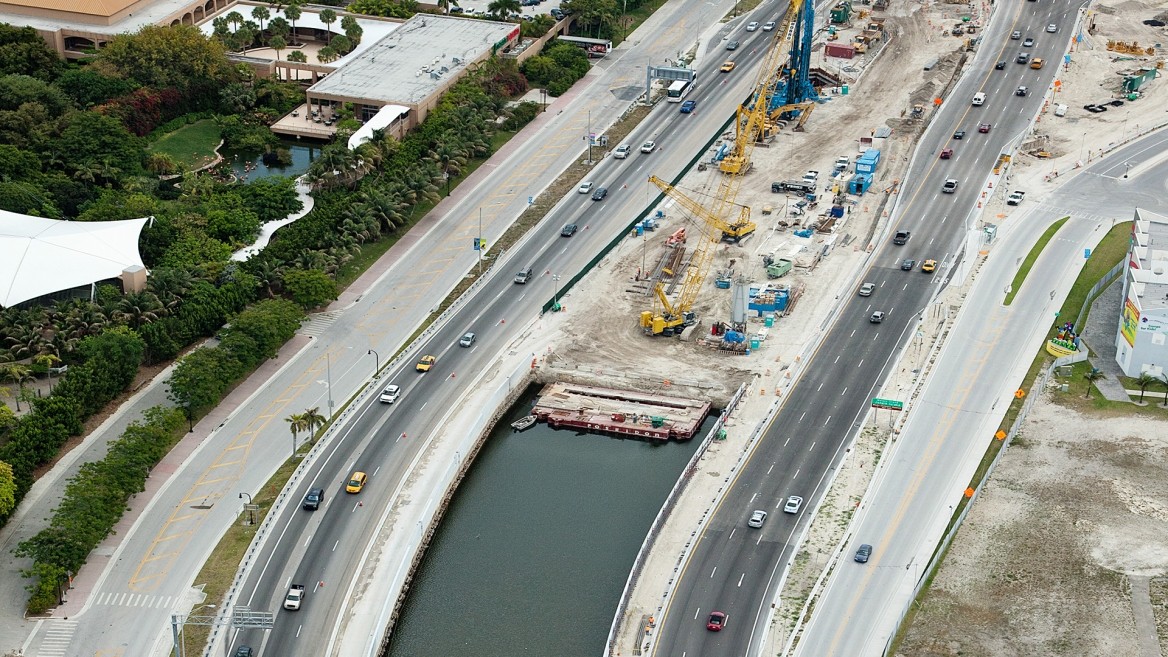Port of Miami Tunnel

TYLin supported the Florida Department of Transportation to procure a Concession Agreement to design, construct, finance, operate, and maintain the Port of Miami Tunnel in Florida.
Located on Dodge Island off the coast of downtown Miami, Florida, the Port of Miami is home to one of the world's largest cruise ports and a major cargo port in the United States.
The Port of Miami Tunnel Project was in response to significantly increased vehicular traffic on the Port Boulevard Bridge due to the growth of Miami’s cargo and tourism trades.
TYLin also provided Owner’s Representative and Program Management services for the tunnel project. Delivered as a public-private partnership using the design-finance-build-operate-maintain (DFBOM) or “concessionaire” project delivery model, the Port of Miami Tunnel now links the Port with the adjacent interstate system, improving passenger and cargo movement.
The Port of Miami Tunnel connects Watson Island and the Port of Miami beneath the main shipping channel in the Biscayne Bay Aquatic Preserve. The tunnel consists of two parallel, close to 4,200-foot-long, 39-foot-diameter tunnel structures that each carry two traffic lanes, curbs, walkways, ventilation fans and additional safety features.
PROJECT HIGHLIGHTS:
- TYLin’s responsibilities included analysis and compliance with structural engineering, life safety requirements, and environmental review and compliance.
- The project consisted of three components: a twin-bored tunnel connection between Watson Island and Port of Miami, connections to the Port of Miami roadway system, and widening of the MacArthur Causeway bridge.
- The bottom of the tunnels is approximately 120 feet below the surface of the Bay at their deepest point and was constructed utilizing a Tunnel Boring Machine (TBM).
- The roadway ramp connector alignments descend into a depressed U-wall section and continue to cut-and-cover sections at the tunnel entry portals, progressing into separate tunnel bores beneath the main shipping channel.